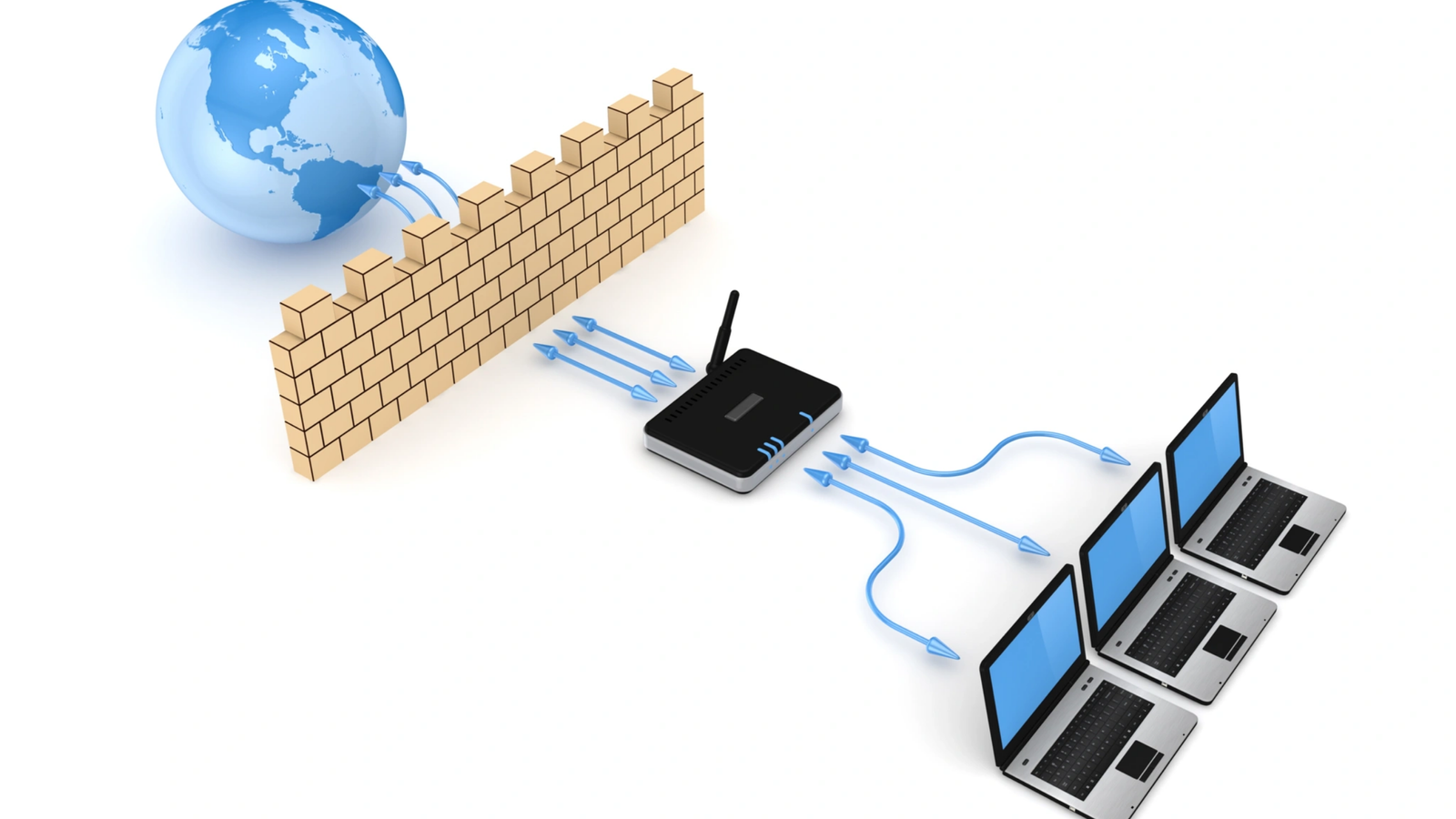In today’s rapidly evolving threat landscape, organizations need advanced security solutions that provide real-time visibility and rapid response capabilities. CPE-Based Network Detection & Response (NDR) solutions are emerging as a powerful tool to secure enterprise networks by leveraging Customer Premises Equipment (CPE) for deep traffic inspection, threat detection, and automated remediation.
This article explores how CPE-Based NDR works, its benefits, key features, and why it’s becoming a critical component of modern cybersecurity strategies.
What is CPE-Based Network Detection & Response (NDR)?
Network Detection & Response (NDR) is a cybersecurity technology that monitors network traffic to identify malicious activity, analyze threats, and respond in real time. Unlike traditional security tools that rely on endpoint or cloud-based detection, CPE-Based NDR deploys sensors directly on Customer Premises Equipment (CPE), such as routers, firewalls, or dedicated appliances, to inspect traffic at the edge.
This approach provides several advantages:
- Localized Threat Detection: Analyzes traffic before it reaches the cloud, reducing latency.
- Reduced False Positives: On-premises inspection improves accuracy by correlating network behavior with local context.
- Faster Response Times: Enables immediate action against threats without relying on cloud processing delays.
How Does CPE-Based NDR Work?
CPE-Based NDR solutions function through a combination of traffic analysis, behavioral monitoring, and automated response mechanisms. Here’s how it typically works:
1. Traffic Capture & Inspection
- Sensors deployed on CPE devices mirror network traffic for deep packet inspection (DPI).
- Analyzes north-south (external) and east-west (internal lateral) traffic to detect anomalies.
2. Behavioral Analysis & Threat Detection
- Uses machine learning (ML) and signature-based detection to identify known and unknown threats.
- Detects command-and-control (C2) communications, data exfiltration, and zero-day attacks.
3. Automated Response & Mitigation
- Triggers automated actions such as blocking malicious IPs, isolating infected devices, or alerting SOC teams.
- Integrates with SIEM, SOAR, and firewalls for coordinated defense.
4. Continuous Learning & Adaptation
- Leverages AI-driven analytics to improve detection accuracy over time.
- Updates threat intelligence feeds to stay ahead of evolving attack techniques.
Key Benefits of CPE-Based NDR Solutions
1. Enhanced Visibility at the Edge
Unlike cloud-based NDR, which may miss encrypted or internal traffic, CPE-based solutions inspect all traffic locally, ensuring comprehensive visibility.
2. Lower Latency & Bandwidth Efficiency
Since analysis happens on-premises, there’s no need to send all traffic to the cloud, reducing bandwidth costs and improving response speed.
3. Improved Detection of Insider Threats & Lateral Movement
By monitoring east-west traffic, CPE-based NDR can detect compromised devices, unauthorized access, and lateral movement—common blind spots for traditional security tools.
4. Compliance & Data Privacy Advantages
For industries with strict data sovereignty laws (e.g., healthcare, finance), keeping traffic analysis on-premises ensures compliance with regulations like GDPR, HIPAA, and CCPA.
5. Cost-Effective Scalability
Deploying sensors on existing CPE devices eliminates the need for additional hardware, making it a scalable and budget-friendly solution.
CPE-Based NDR vs. Cloud-Based NDR: Which is Better?
| Feature | CPE-Based NDR | Cloud-Based NDR |
|---|---|---|
| Traffic Inspection | On-premises | Cloud-based |
| Latency | Low (real-time) | Higher (depends on cloud processing) |
| Bandwidth Usage | Minimal (local processing) | High (requires sending data to cloud) |
| Compliance | Ideal for regulated industries | May raise data privacy concerns |
| Deployment Speed | Requires on-prem setup | Faster to deploy (SaaS model) |
Best Use Cases:
- CPE-Based NDR: Ideal for enterprises with high compliance needs, low-latency requirements, or limited cloud dependency.
- Cloud-Based NDR: Better suited for cloud-first organizations or those with distributed remote workforces.
Top Use Cases for CPE-Based NDR
1. Securing Branch Offices & Remote Locations
Many enterprises struggle with securing distributed networks. CPE-based NDR provides consistent security policies across all locations without relying on cloud connectivity.
2. Detecting Advanced Persistent Threats (APTs)
APTs often operate stealthily over long periods. By analyzing long-term traffic patterns, CPE-NDR can uncover hidden threats.
3. Preventing Ransomware & Zero-Day Exploits
Real-time behavioral analysis helps detect unusual data transfers or encryption patterns, stopping ransomware before it spreads.
4. Improving Incident Response Times
Automated playbooks enable immediate containment, reducing the dwell time of attackers.
5. Enhancing IoT & OT Security
With IoT devices often lacking built-in security, CPE-NDR monitors unusual device communications, preventing breaches in industrial and healthcare environments.
Choosing the Right CPE-Based NDR Solution
When evaluating vendors, consider:
✅ Deployment Flexibility – Does it support virtual appliances, hardware sensors, or hybrid models?
✅ Integration Capabilities – Can it work with existing SIEM, firewalls, and endpoint solutions?
✅ Threat Intelligence Feeds – Does it provide real-time updates from global threat databases?
✅ Automation & AI Features – How effective are its machine learning models in reducing false positives?
✅ Scalability – Can it grow with your network without performance degradation?
Top Vendors in the Space:
- Darktrace (AI-driven NDR)
- ExtraHop (wire-based network detection)
- Cisco Stealthwatch (enterprise-grade NDR)
- Vectra AI (CPE and cloud hybrid NDR)
Future Trends in CPE-Based NDR
- Convergence with XDR – Expect tighter integration between NDR, EDR, and SIEM for unified security operations.
- 5G & Edge Computing Impact – As more processing moves to the edge, CPE-NDR will become essential for securing next-gen networks.
- AI-Powered Autonomous Response – More solutions will leverage self-learning algorithms to auto-remediate threats without human intervention.
Final Thoughts
CPE-Based Network Detection & Response is a game-changer for enterprises that need real-time, on-premises threat detection without sacrificing performance or compliance. By deploying NDR capabilities directly on CPE devices, organizations gain faster, more accurate threat detection while maintaining full control over their data.
As cyber threats grow more sophisticated, adopting a CPE-Based NDR solution could be the difference between stopping an attack early and suffering a costly breach.
